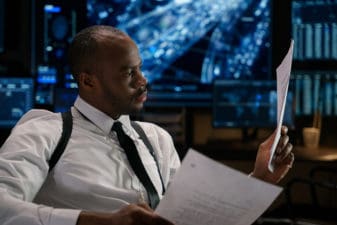If you’re a retired or soon-to-be retired Canadian, you’ve probably heard about the costs of taking CPP early. There’s a 7.2% penalty for each year you collect CPP early. If you take it at 60, you’ll get less income than if you waited until 70.
For a long time, we didn’t know the total cost of taking CPP early. We’ve always known that early CPP results in lower payouts. But we’ve also known that it gives you more years of benefits. So, the ultimate effect has been unclear.
Until now. According to a sweeping study by Bonnie-Jeanne MacDonald of Ryerson, the average Canadian loses $100,000 over their lifetime by taking CPP at 60 instead of 70. This study is the first time anyone has put a lifetime price tag on taking CPP at 60. And the conclusion is clear: taking CPP early costs you big time.
Wage growth
One of the reasons why it costs you to take CPP at 60 is because of wage growth. You get higher CPP at higher income levels — subject to a cap. Over time, wages tend to grow. If you work through your 60s and get raises or inflation indexed pay hikes, you’ll have higher income. That could result in higher future CPP payouts.
Canadians have long life expectancies
Another factor in why taking CPP at 60 costs you is because Canadians have long life expectancies. The main argument for taking CPP early is not living very long. If you only make it to 69 years of age, then planning to take CPP at 70 means you’ll never see a single payment. But, in fact, the average Canadian life expectancy is 82 years. So, most likely, if you wait until 70 to take CPP, you’ll benefit — particularly when you combine this with the effect of higher wages.
Bottom line: Investing is crucial
What all of this points to is the fact that investing for your retirement is crucial. Research now decisively shows that taking CPP at 60 is a net loser for the average Canadian. Yet it’s still true that you could lose by waiting, if your life is shorter than average. Ultimately, you never know what your fate is going to be. So, it pays to establish a retirement income stream that pays you regardless of your CPP decision.
By holding low-risk ETFs like BMO Mid-Term U.S. Investment Grade Corporate Bond Index ETF (TSX:ZIC) in a TFSA, you can get a serious retirement income stream going. First, holding ETFs in general can produce a lot of income. According to BMO’s website, ZIC yields 3.39%. Let’s just say 3% to play it safe and account for fees. At a 3% yield, you’d get $1,500 a year on a $50,000 position. Add to the position over time, and the income will grow.
Second, in a TFSA, all of the income you generate will be tax-free. Normally, dividends and capital gains from funds like ZIC are subject to taxes. Inside a TFSA, they aren’t. In 2021, you’ll be able to shelter up to $75,500 worth of assets in a TFSA. By doing so, you could get a substantial retirement bonus every year. And it wouldn’t depend on whether you make the right call on CPP.








